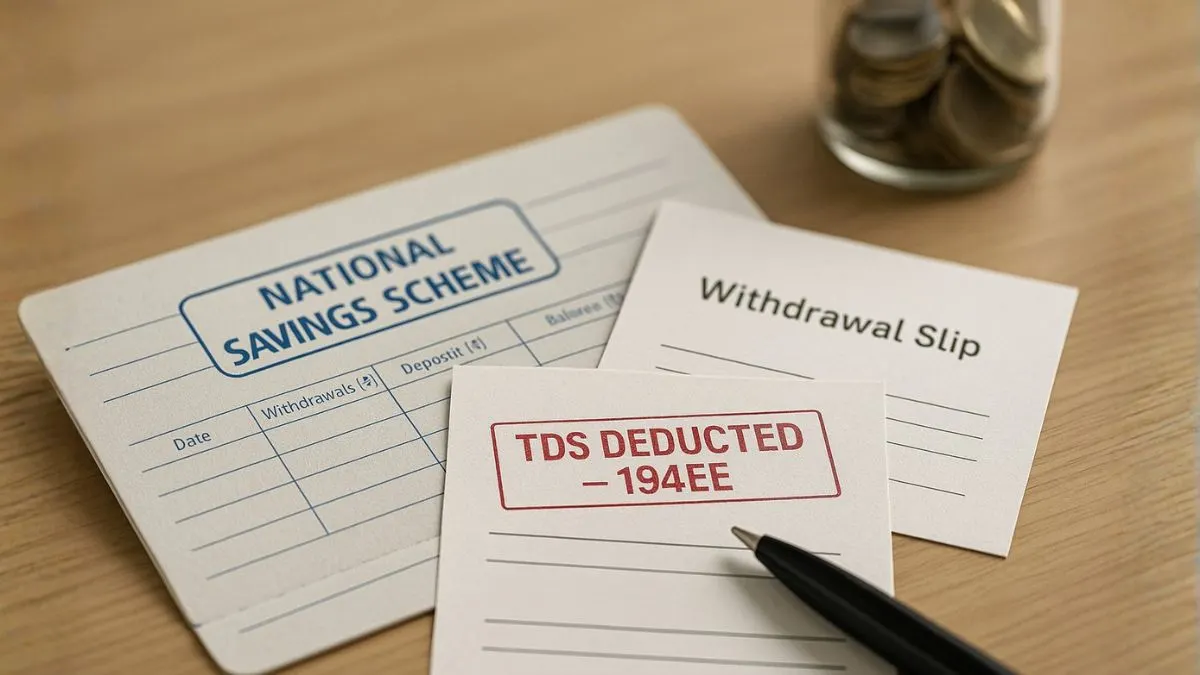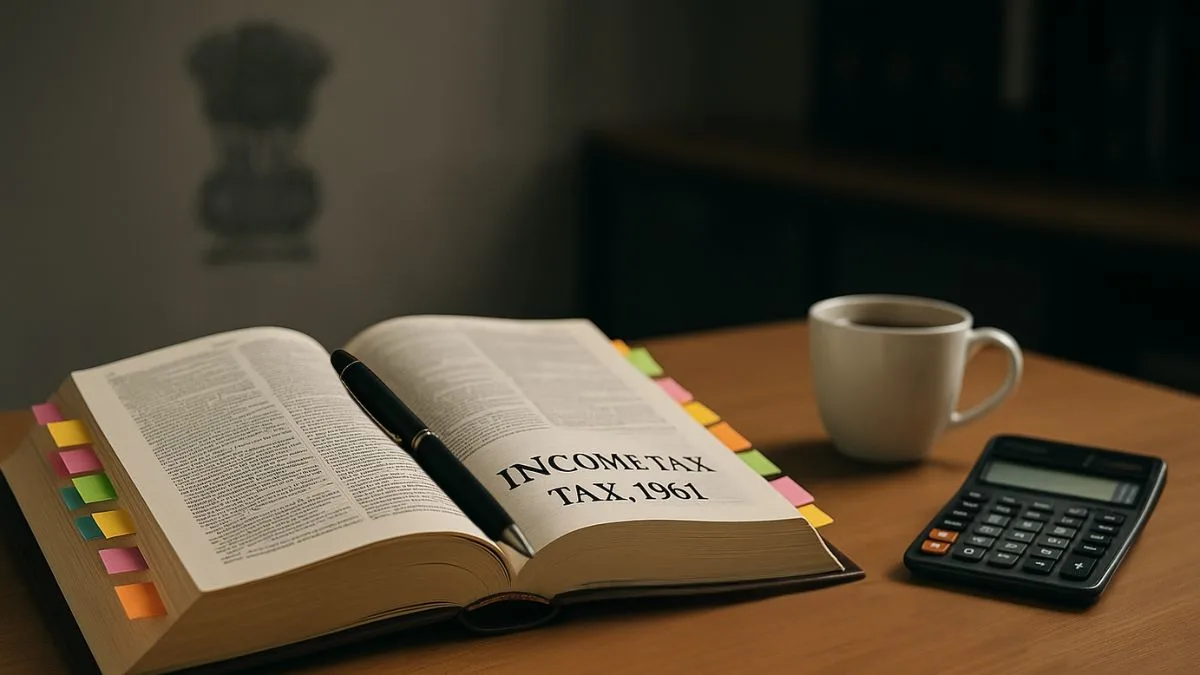
We all know term insurance protects your family.
But do you know it also protects your wallet from income tax?
Yes, term insurance tax exemption comes under the sections 80C, 80D, & 10(10D) of the Income Tax Act, 1961.
That means — you save tax every year, & your loved ones get a tax-free payout in the future. Let’s break that down in plain English.
What Is a Term Plan?
A term plan is the most basic kind of life insurance.
It’s like saying — “If something happens to me, my family will get financial support.”
There’s no investment return, no bonus. It’s pure protection — and that’s why premiums are much lower.
But here’s the fun part — the government rewards you for being financially responsible. Every premium you pay for your term insurance gives you tax benefits under different sections.
Section 80C — The Most Popular Tax-Saving Tool
If you’ve ever filed your income tax return, you’ve heard of Section 80C. It’s the section that gives deductions for investments like PPF, ELSS, & , of course, life insurance premiums.
When you buy a term plan, the premium you pay every year — up to ₹1.5 lakh — is eligible for deduction under Section 80C.
Here’s how it works:
Suppose your annual income is ₹10,00,000 & you pay ₹25,000 as term insurance premium.
You can deduct that ₹25,000 under Section 80C — now your taxable income becomes ₹9,75,000.
That’s a neat saving!
✅ Important rule:
Your annual premium should not exceed 10% of the sum assured if your policy was issued after April 1, 2012.
(For older policies, it’s 20%.)
If you stop paying before two years, those tax benefits will be reversed.
Section 80D — Hidden Bonus on Health Riders
Everyone knows Section 80D covers medical insurance.
But few know that the health riders in a term plan also qualify for this benefit.
If your term plan includes a critical illness or medical cover, that part of the premium can be claimed under Section 80D.
For example —
Out of your ₹25,000 premium, ₹3,000 goes toward critical illness cover.
That ₹3,000 qualifies under Section 80D (limit ₹25,000, or ₹50,000 for senior citizens).
So now you’re saving tax under two sections — 80C & 80D. Smart, right?
Also Read: Claim Rent Deduction Even If You Do Not Get HRA
Section 10(10D) — The Best One of All
Here’s the real beauty of term insurance.
When your nominee receives the death benefit, it’s completely tax-free under Section 10(10D).
No tax. No TDS. Nothing.
This is why financial planners call term insurance the cleanest financial product."
You save taxes while living, and your family doesn’t have to pay taxes when receiving the claim.
✅ Note: The exemption applies only if your premium is ≤10% of the sum assured.
Let’s Look at a Real Example
Say Meera buys a 1 crore term plan at age 30 & pays ₹20,000 per year.
Here’s how the tax benefit looks:
|
Section |
What It Covers |
Tax Benefit |
|
80C |
Premium payment |
Deduction up to ₹1.5 lakh |
|
80D |
Critical illness rider |
Extra deduction up to ₹25,000 |
|
10(10D) |
Claim amount to nominee |
100% tax-free payout |
That’s triple protection — financial emotional tax.
Can You Buy More Than One Term Plan?
Of course. Many people buy multiple policies as their income grows.
You can claim all premiums together — but remember, the total deduction under Section 80C still can’t exceed ₹1.5 lakh.
You can also take a joint term plan with your spouse.
Both partners can claim their share of the premium separately — double the coverage, double the benefit.
Riders That Boost Your Tax Saving
Riders like accidental death, permanent disability, or waiver of premium also qualify under Section 80C.
If the rider is related to health (like critical illness), that part shifts under Section 80D.
A simple ₹200–₹300 add-on can help you claim a few thousand rupees more in tax deduction — that’s how smart tax planning works.
How to Claim These Deductions
When filing your income tax return:
- Go to the “Deductions” section.
- Add your premium under Section 80C.
- If you have health riders, enter those under Section 80D.
- Keep receipts or policy documents handy — just in case the IT department asks for proof.
That’s it. No special form, no complex paperwork.
Also Read: Save Tax with Health Insurance and Preventive Check-ups
What About Maturity or Surrender Value?
A term plan doesn’t usually have maturity value, so there’s no confusion there.
But if you bought a term plan with a return of premium option, that refund is also tax-free under Section 10(10D), as long as it follows the 10% premium rule.
If you surrender early, though, you lose your earlier tax benefits — so it’s better to continue till term end.
Term Plan vs Other Insurance – Tax Angle
|
Plan Type |
Section |
Max Deduction |
Maturity Tax |
|
Term Plan |
80C, 80D, 10(10D) |
₹1.5L ₹25k |
Tax-free |
|
ULIP |
80C, 10(10D)* |
₹1.5L |
Taxable if premium > ₹2.5L |
|
Endowment |
80C, 10(10D) |
₹1.5L |
Tax-free if premium ≤10% |
(*) As per new rules, ULIP tax exemption is limited; term plan remains unaffected.
New vs Old Tax Regime — Be Careful Here
If you’ve switched to the new regime (Section 115BAC), you can’t claim deductions under 80C or 80D.
So, you won’t get term insurance tax benefits there.
But under the old regime, you continue to enjoy all these exemptions.
That’s why most salaried taxpayers — especially those with family & loans — still prefer the old regime.
A Few Myths People Still Believe
❌ “Only salaried people can claim it.”
→ Nope. Even freelancers & business owners can claim it under Section 80C.
❌ “Group term plans from the employer are eligible.”
→ Not really. Only if you’re paying the premium yourself."
❌ “All insurance payouts are tax-free.”
→ Only if they meet the 10% rule. If not, they’re taxable.
Why Every CA Recommends Buying Term Insurance First
There are dozens of tax-saving products out there, but term insurance is where it all begins.
It’s simple, transparent, & aligns perfectly with India’s tax laws.
You save tax now (Section 80C 80D), and your family’s payout later is tax-free (Section 10(10D)).
That’s peace of mind, guaranteed — on both fronts.
Also Read: Tax-Free Life Insurance Benefits
Quick Recap
|
Section |
Benefit |
Limit |
Who Can Claim |
|
80C |
Life insurance premium |
₹1.5 lakh |
Individual/HUF |
|
80D |
Critical illness or medical rider |
₹25,000–₹50,000 |
Individual/family |
|
10(10D) |
Death or maturity benefit |
Fully tax-free |
Nominee/policyholder |
Final Takeaway
If you’re planning to buy a term plan, don’t just think of it as an expense — it’s an investment in your family’s safety & your tax planning.
Under the Income Tax Act, term insurance tax exemption comes under Sections 80C, 80D, & 10(10D).
This one product covers both your financial & tax worries.
So before March 31 arrives, open your insurance file & review your plan — one premium could save you thousands in taxes.
Need Professional Help to Maximize Your Tax Benefits? At CallMyCA.com, our CA experts help you make the most of term insurance tax deductions under Section 80C, 80D, and 10(10D).
We’ll review your policies, compute exact savings, and file your ITR correctly.










